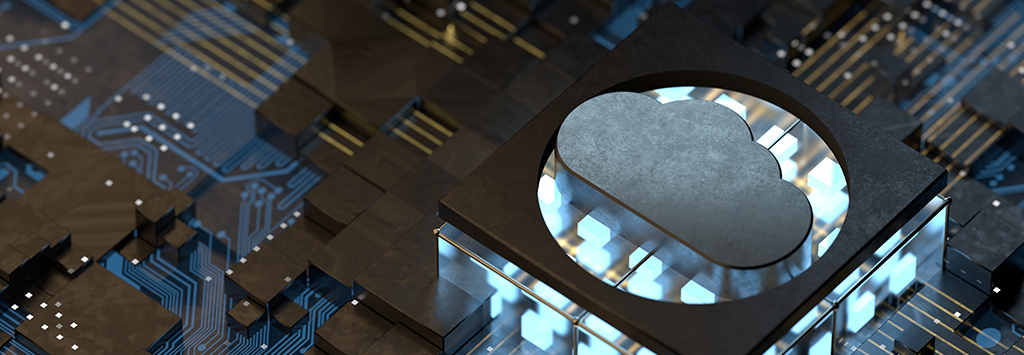What is IT modernization?
The IT modernization definition certainly varies across businesses, industries and personas, but it ultimately means leveraging technology to meet business goals and objectives. It is a broad category that encompasses any effort an organization makes to adopt, adapt or upgrade its technology.
IT modernization is the process of managing ageing software and hardware solutions and often involves consolidating systems and workflows in favour of more automated, innovative solutions.
IT modernization is often a generic term for upgrading technologies and skillsets. Modernization projects often entail IT equipment and skills current staffers may not have. To account for these resource and skills gaps, modernization might then happen in the form of managed service and as-a-service offerings.
What’s the difference between digital transformation and IT modernization?
The savviest IT executives use the term digital transformation as an umbrella for everything – even simple application modernization. So how can you tell the difference between complex digital transformation and simple IT modernization?
Modernization is about taking technology to the next level through upgrades or even entirely new technology. Digital transformation, on the other hand, transforms entire business models.

What are the key areas of IT modernization?
Modernization can touch any part of your organization, from software and hardware infrastructure to network solutions to end-user devices. The areas described herein are particularly important due to their capacity to enhance business operations, customer satisfaction and employee experiences.
For most organizations, modernization is a journey from conventional platforms and processes to a modern IT estate and a new operating model, as such the path to success encompasses four factors: aligning IT with the business, simplifying and optimizing the existing IT, modernizing applications and data, and operating securely in a hybrid environment.
1. Aligning IT with business
The first step toward modernization is the alignment of IT and business strategies within the organization – determining opportunities to align with the vision and developing a well-thought-out plan. Through alignment, organizations gain a much better understanding of how budgets can be redirected for innovation.
2. Optimizing IT
Overly complex and outdated systems can prevent organizations from focusing on their strategic goals hence why organizations implement a technology refresh that includes lean processes and automation, improving workload placement, and eliminating unused or underused systems, services and data.
Furthermore, organizations can also continually optimize their IT with automated workload management or may consider IT outsourcing to achieve immediate run-rate cost savings which can reduce risks associated with a technology upgrade.
3. Modernizing apps and data
Often the barriers to modernization are both technical and financial, but these can be overcome, in part, by justifying the provision of modernization. After priorities have been established, the organization can assess and rationalize the modernization of applications all while considering the security, performance and financial requirements of such modernization.
4. Hybrid operations
Organizations that plan to modernize need an operating model that ensures their business can respond to market changes and continue to secure a much broader ecosystem. This is why in modern hybrid environments, organizations can continuously innovate, provision IT assets on demand and provide consumption elasticity while eliminating traditional fixed assets.
This new operating model ensures integrated operations, intelligent automation and the ability to leverage business intelligence, AI and lean processes for greater insights, speed and efficiency.
Why modernize IT?
In short, it’s about survival. The modern organization must develop new models to handle omnichannel approaches but also to reduce time to market. Too many businesses are hostage to their legacy solutions and cannot efficiently onboard new sources of revenue. This limits their ability to scale and grow.
Organizations that see the bigger picture understand that continual end-to-end modernization is vital. What this means is integrating all inbound and outbound data flows to enable transformation.
